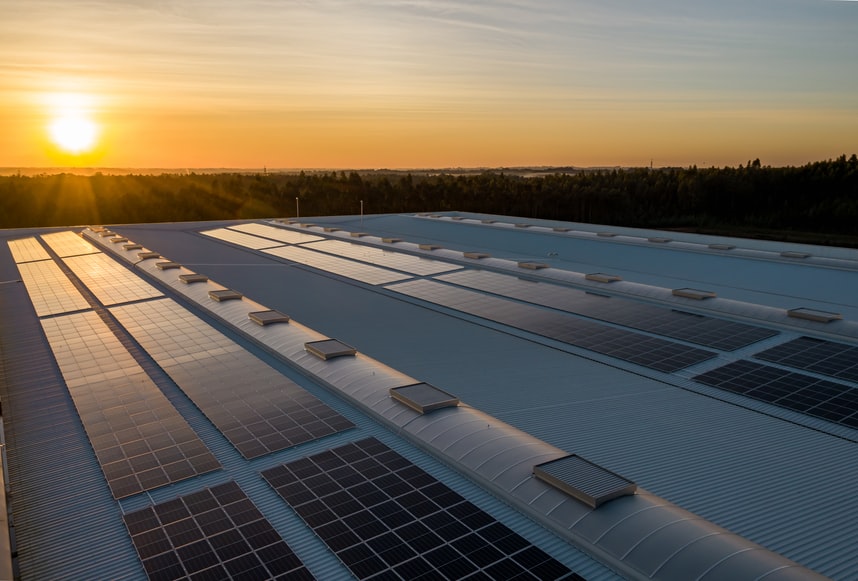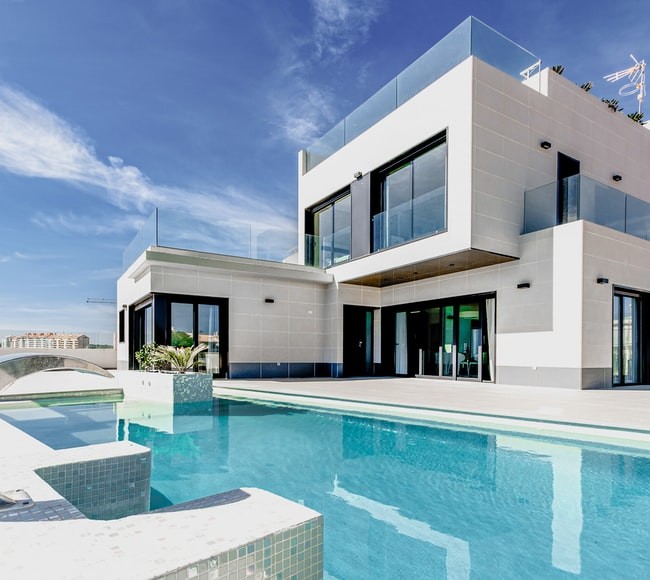When searching for homes in Singapore, it could pay for you to look for energy-efficient homes. Newer homes in Singapore built after 2009 are designed to use 20% less energy than those built before 2009. It was when the federal government’s energy efficiency rating program came into existence. While energy-efficient homes might not sound as exciting, architects today are designing homes that are not only equipped with the latest technology but also improve health and reduce energy bills.
What Makes an Energy Efficient Singapore Home Different?
Energy-efficient homes in Singapore are quite interesting. For many people, the use of aesthetic elements is of high interest, such as the architecture, the interiors, and the smaller details that work together to give a sense of place. Then, there are others for whom the energy means more. Energy homes, for them, are a collection of different energy systems where light, heat, and even sound is used as fuel and electricity. All the different systems are interrelated and play a distinct role in the overall home’s energy efficiency.
Some of the top benefits of energy-efficient homes include –
- Lower utility bills
- Cheaper home insurance
- Better air quality
- Comfortable living environment
- Lower environmental impact
- Designed for enhanced control
- Better resale value
Conventional Solutions – Energy Efficiency through Design
If you have been living in Singapore for a few years, you’ll probably notice that homebuyers had certain criteria when it came to houses. Before all the modern technology came into existence, builders in Singapore emphasized certain conventional solutions to make homes more energy-efficient. Some of them include –
- Natural Cross Ventilation – Singapore homes used natural ventilation techniques to minimize excessive load on their energy consumption. These required more time and expenses during the initial building design process.
- Orientation for House – For Singapore’s weather, north-south facing homes are the most ideal as they do not get direct sun throughout the day and keep the house cool, and are breezier.
- Use of Specific Materials – Architects picked specific products to be used for insulation in building envelopes, such as extruded polystyrene for roofs and the use of double-glazing windows and doors.
- Encourage Air Flow – Compared to aircon, fans are more energy-efficient and also less costly to operate. Thus, Singaporean homes had fans to minimize the use of aircon whenever necessary.
- Use of Natural Lighting – A greater emphasis is put on reducing artificial lighting by taking advantage of natural lighting whenever possible. Architects used natural light as a design element and glazing windows to maximize radiosity.
- Use of Skylight or Airwell – Skylights are not just an aesthetic addition; they also allow natural light and much-needed ventilation.
- Energy Saving Appliances – The use of energy-efficient appliances often has a higher upfront cost but require less energy over their lifespan.

Modern Solutions – Energy Renewability through Technology
In Singapore, there is a greater need for the reduction of energy use is important. Since it is a small country with limited space and resources, it is impossible to rely on solar energy alone. Instead, technology plays an important role in helping Singaporean homes to reduce their energy consumption. Here are some of the energy-saving technologies that have found their way into Singapore green home designs –
- Motion-Sensor Lights – These lights automatically turn on lights when they detect motion and turn off a while later. They eliminate energy consumption by ensuring that the lights are not accidentally left on.
- Auto-Irrigation Plants – Auto-irrigation plants give each plant the right amount of water at a set time. This helps minimize water consumption and can be used for potted plants, flower beds, and more.
- Solar Panels – Singapore is only going to get hotter, and using solar panels that convert sunlight into electricity is a smart move for energy-efficient homes.
- Energy Monitoring Systems – Intelligent systems are connected to your electrical panel or the meter to monitor the energy use of the house. They form a communication platform for homeowners, devices, appliances, and even the utility company.
- Façade BIPVs Panels – Solar panels are blended beautifully with home architecture, offering an energy-efficient solution without the need to compromise on the looks.
- Solar Powered Aircon Systems – Since air conditioners use more and more energy, solar-powered aircon systems offer great value to homeowners. They not only speed up the cooling process but also use less energy.
Passive Home Design – The Key to Meeting 2030 Green Building Targets for Singapore
As a tropical country, Singapore relies heavily on passive designs to solve its energy problem while meeting its 2030 green building targets. All of the different energy systems offer great opportunities for Singapore architects to combine them in new and interesting ways. From tighter building envelope that reduces the need for space cooling to smart lighting upgrades that reduce heat from lighting fixtures and energy monitoring systems, technology has made a big impact on home designs in Singapore. These green homes are not just less expensive to run but are also more comfortable to live in.

